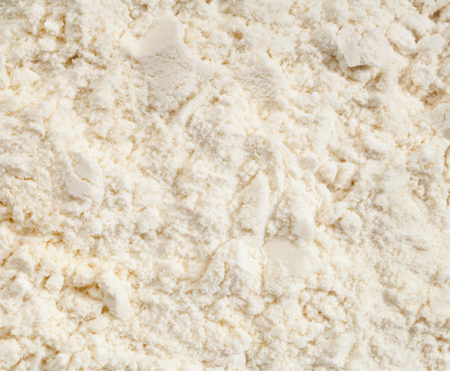
What is it?
Avocado is the name given to a tree native to Mexico, but it’s also come to refer to the tree’s fruit, which is technically a large berry. Grown in tropical climates throughout the world, the avocado’s popularity has soared in recent years with the rise of low-carb/high-fat diets.
What do I do with it?
Delicately slice, layer onto some rye bread, take a heavily filtered photo and upload to Instagram, of course (#EatClean). However if, for some reason, you don’t feel the need to document your healthy eating on social media, avocados can be used in anything from guacamole to smoothies and salads to margaritas. (Although the health benefits of the latter can’t be guaranteed.)
Why is it good for my health?
The avocado is unique in the fruit world because it’s high in healthy fats rather than carbohydrate – 77% of its calories, to be precise, are from fat. This fat, though, is of the heart-healthy monounsaturated variety, which reduces inflammation, lowers cholesterol, helps you absorb more nutrients from other food and may also help to fight cancer.
Avocados are also a great source of fatigue-delaying electrolytes. One avocado, for example, provides 35% more potassium than a banana. They also provide calcium and magnesium, which are crucial for muscle functioning and balance.






